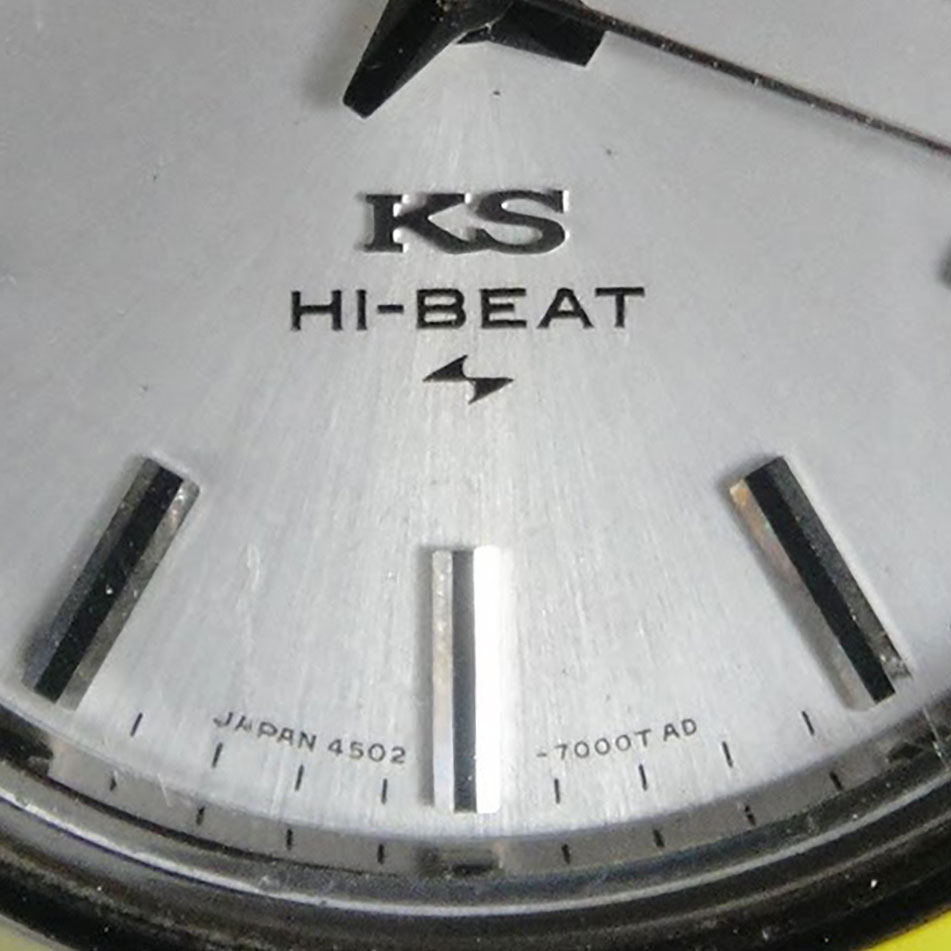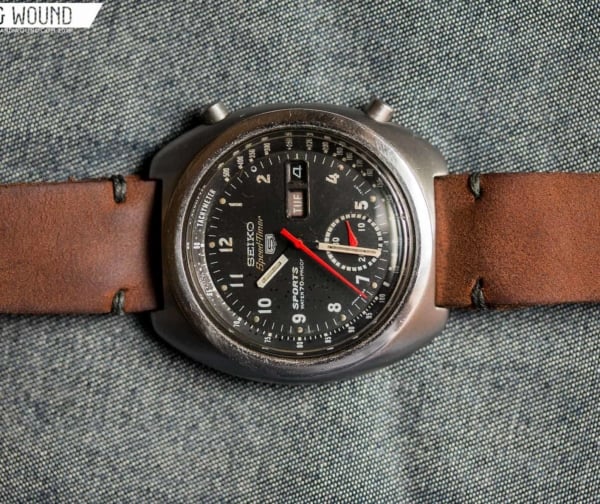Seiko is one of the most iconic brands in the watch world, and their incredible catalog of vintage models have captivated collectors for years. It’s no secret that I’m one of the captivated (I own a 6139-6005 and a 6138 “John Player Special”, both from July ’76), but like many Seiko fans, for a long time I was really only getting half of the story. When looking back on some of the most popular vintage Seikos; like the 6105, 6139 Pogue, the early Grand Seikos, a common theme emerges. Not just necessarily the theme of innovation, but another common thread. All of these models, along with the overwhelming weight of the Seiko collector culture, come from Seiko’s Suwa subsidiary. There is, however, another independent subsidiary with entirely unique designs that are often overlooked in the collector market: Daini.
Suwa Seikosha and Daini Seikosha became separate entities in 1959 for the purpose of promoting competition and improving product for the overarching Seiko brand, and the results are clear to see. The interdepartmental rivalry took Seiko from a Japanese also-ran to the cutting edge of horological innovation, competing with, and often beating, the best the Swiss could offer. Seiko accomplished this by making the two divisions, Suwa and Daini, completely independent of each other, not sharing parts, movements, or any design information. This forced the two divisions to each take their own approach to the horological challenges of the day, and while the Suwa solutions are generally better remembered, Daini’s offerings are often every bit as capable and interesting.
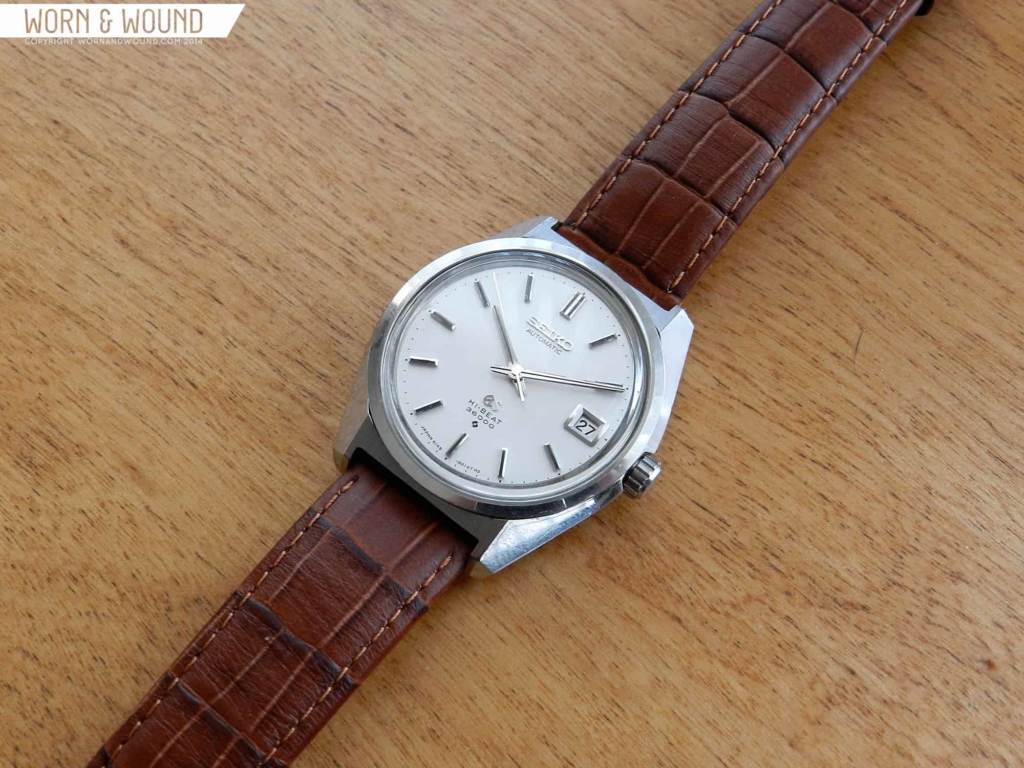
For example, in 1964, Seiko was already well on its way to being one of the world’s greatest watch manufacturers. The brand had already taken its first foray into the tool diver market with the very successful 62mas, and was looking to expand its share in the luxury watch market. By this point, Suwa had already introduced the now-legendary Grand Seiko line, and while the early Grand Seikos were attractive designs with fine calibers, Seiko wanted to lead the market in accuracy, and stretch beyond existing Swiss chronometer ratings.
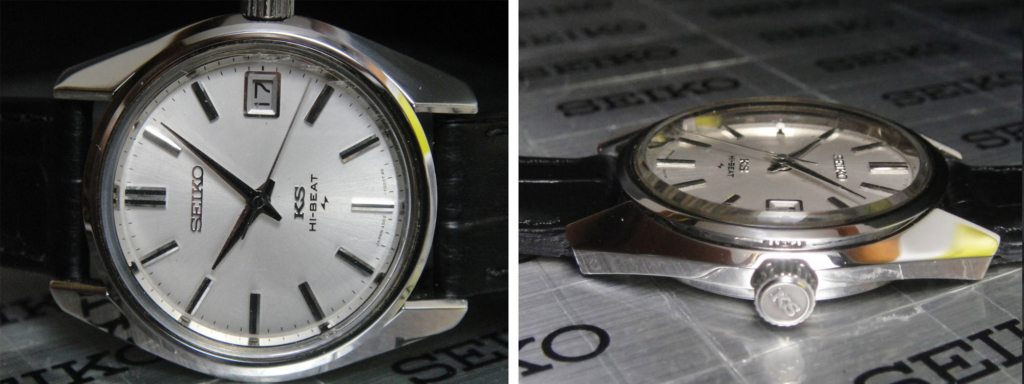
Daini answered the call by updating it existing King Seiko line with the proprietary Caliber 45 movement, a true 36,000 beat per hour hi-beat movement. At the same time, Suwa updated its own Grand Seikos to a hi-beat movement, and for several years the King Seiko/Grand Seiko divide enriched both lines, each pushing the other to improve quality, reliability, design and finish. The competition continued well into the early 80’s, by which point both lines were producing Seiko King Quartz and Grand Quartz pieces, respectively. The King Seiko line has its own following in the vintage Seiko community, however, and is generally the best known of Daini’s contributions to the Seiko product line.

The next example, however, is far more under appreciated. While Suwa’s 6139 is rightly loved and remembered for being one of the first (and arguably the very first) automatic chronographs in the world, Daini was not far behind with its own completely separate design. At a point when almost all major Swiss manufacturers were using two movements, the Calibre 11 and the El Primero, Seiko themselves had 3. Suwa’s 6139 and later twin-register 6138, and Daini’s forgotten 7016. The 7016 reached the market two years later than the 6139 with a similar single-register 30 minute layout, along with similar day/date complication, but the two designs shared no components, and the 7016 has its own distinguishing accomplishment- certain models, marked “Time-Sonar”, were the first automatic chronographs available with display backs, something that was an extreme rarity for any watch at the time. In addition, the 7016 line had some of the most attractive variations of any early Seiko chronographs, including the square cased 7016-5001 “Seiko Monaco” and the black-and-gold 7016-7001.
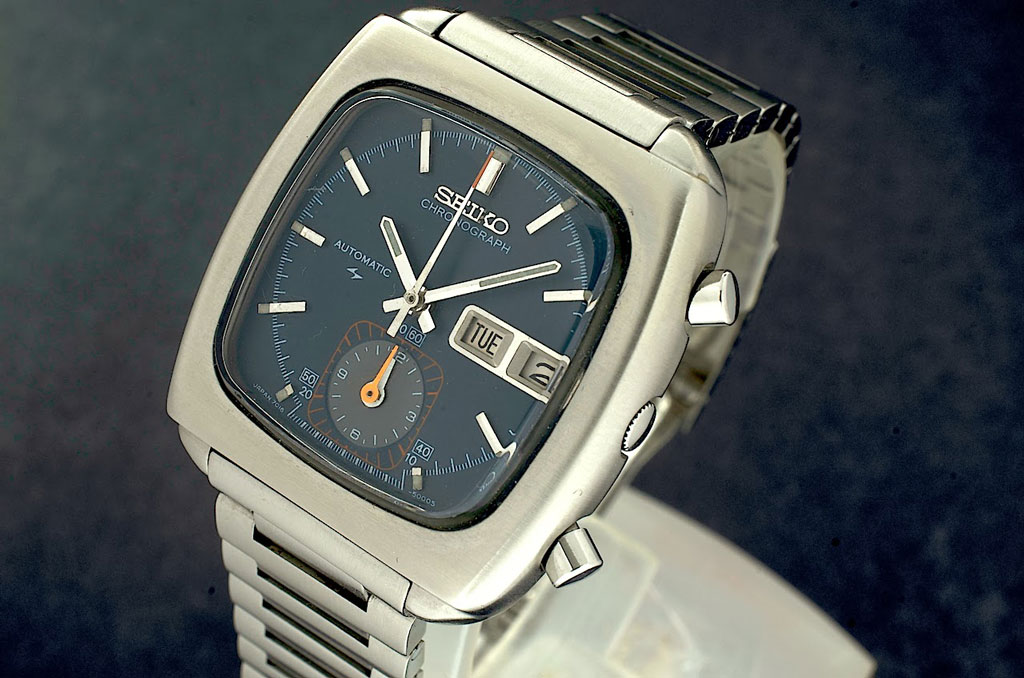
These are only a few of the great contributions of Daini to the greater Seiko line, and the lightning bolt mark of the Daini factory, while less common, is one that demands respect.









 Featured Videos
Featured Videos




